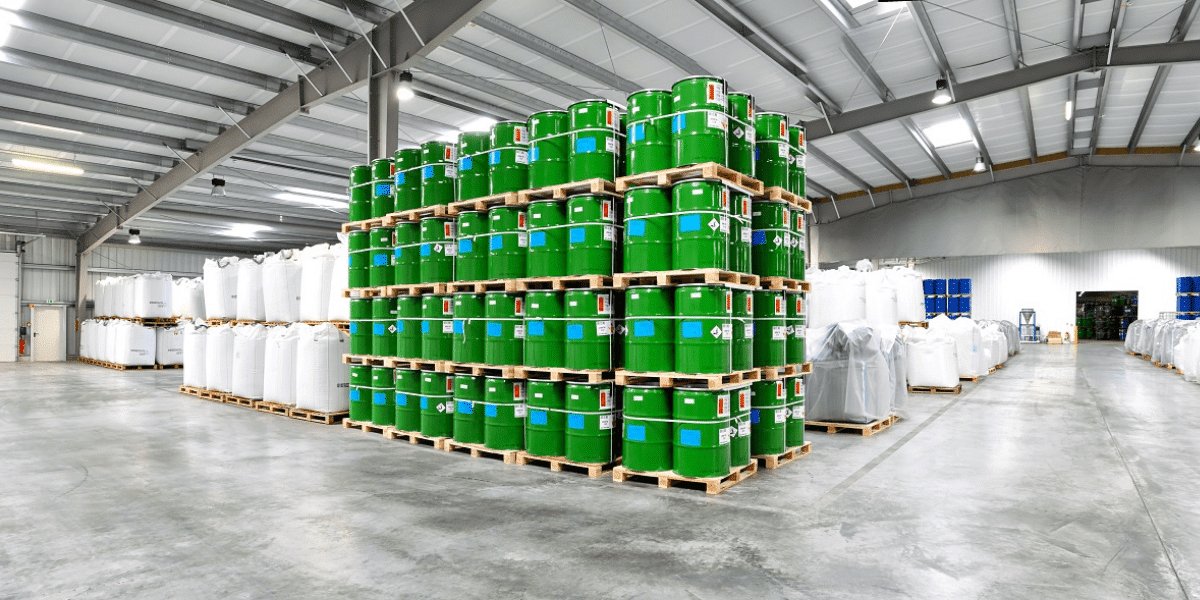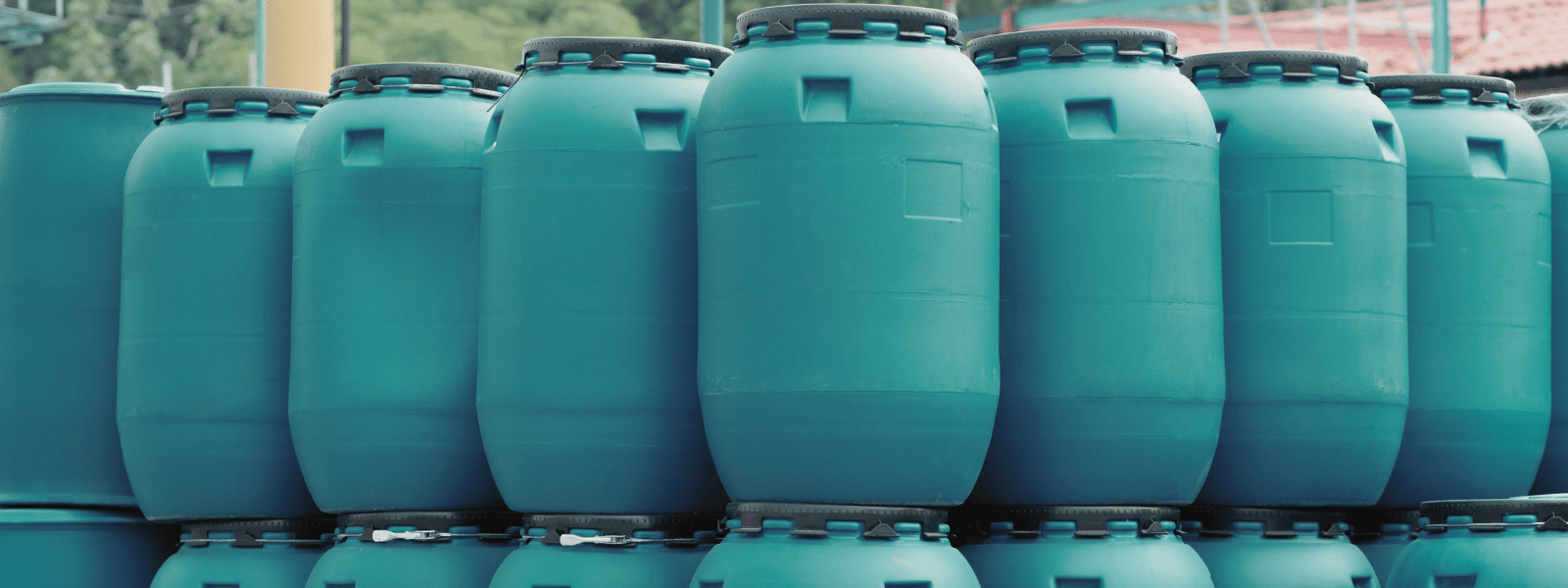What is Hexane?
Hexane is derived from crude oils such as petroleum and is typically utilized as an industrial solvent. Hexane is a clear colorless liquid with a petroleum like odor.
Benefits of Hexane
- Low boiling point.
- Low surface tension.
- Low flash point.
- Low solubility.
Common Applications
Hexane is commonly utilized as an industrial solvent used to manufacture products like paint thinner.
Industrial Applications
Hexane is often utilized to manufacture adhesives and similar products in which it acts as a strong cleaning agent. Hexane is also used as a cleaning agent during the manufacturing of the printing, textiles, and shoemaking industries. Hexane is present in glues used in shoemaking and roofing. It is also utilized for vegetable oil extraction from soybeans and other plants. This process is more environmentally friendly and more cost efficient than the traditional mechanical press method. Pure Hexane is not commonly used for vegetable oil extraction, but rather a mixture of isomers that comprise commercial Hexane. Hexane is utilized as a solvent and cleaning agent by the military and aerospace industries.
Consumer Applications
Consumer products containing Hexane include rubber cement, quick drying glues, gasoline, and paint remover.
Laboratory Applications
Hexane is often utilized as a solvent and reagent in laboratories. Sometimes solvents would need to be removed from lab reagents for the experiment being conducted. Rotary Evaporators or rotavapors are machines that are used to remove solvents like Hexane and Heptane from reaction mixtures. Rotary evaporators are common in most organic laboratories since they allow the removal to be performed swiftly and efficiently.
Hexane and Rotary Evaporators
Hexane and similar solvents like Heptane, Ethanol, Ethyl Acetate, Methanol, and Diethyl Ether, are removed from reaction mixtures by tools called Rotary Evaporators.
How It Works
The rotary evaporator features a heated water bath in a metal container or crystallization dish so that the solvent will not freeze during the evaporation process.
The solvent and the reaction mixture are located inside of the rotary evaporator with the heated bath.
The solvent is removed from the reaction mixture by using a vacuum attached to the rotary evaporator that traps the solvent for easy disposal.
Laboratories often employ a simple water aspirator vacuum on their rotary evaporators.
A circulation bath or a membrane pump are typically used as the source for the vacuum.
The use of the vacuum means that the boiling points of the solvents are going to become significantly lower than normal.
A flask is connected to the rotary evaporator and the flask rotates during the evaporation process.
This flask is what collects the solvent for disposal.
Hexane Safety and Handling
When utilizing volatile compounds such as Hexane it is important to follow proper safety measures:
- Like Heptane, Hexane is a highly flammable liquid and vapor.
- Causes skin irritation.
- May cause an allergic skin reaction.
- May cause drowsiness or dizziness.
If you would like to purchase Hexane, please call (800)-563-1305 or shop Hexane online here.















